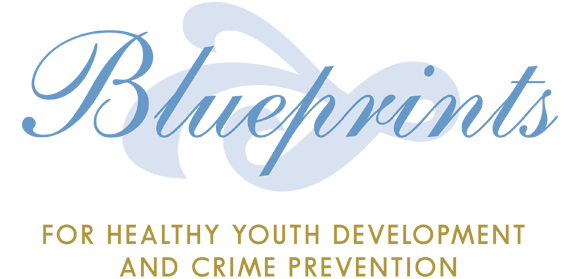Eisenhower Quantum is a youth development program, based on the Quantum Opportunities Program (QOP), which is designed to serve disadvantaged adolescents by providing education, service and development activities, and financial incentives over a four-year period, from ninth grade to high school graduation. Each year students are provided with 180 hours of academic support (adult tutoring, peer-assisted tutoring, homework assistance, etc.), 50 hours of service activities (participating in community service projects, civic activities, volunteering, etc.), and 180 hours of development activities (acquiring life/family skills, planning for college and jobs). Services are provided by trained case managers after school and at other community locations as needed. An important component of the program is “deep mentoring”, in which mentors develop long-term relationships (over the four years of high school) with students and advocate for them in multiple settings including school, family, peer, and justice system.
Eisenhower Quantum Opportunities Program
A youth development program providing education, service, and development activities to improve academic skills and increase high school completion and post-secondary attainment of high-risk youth from socioeconomically disadvantaged families and impoverished neighborhoods.
